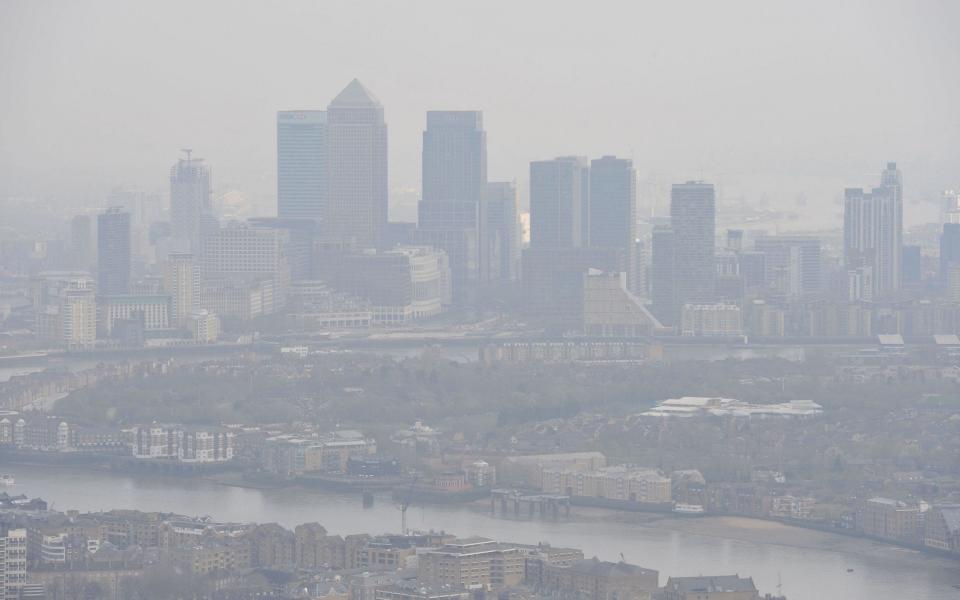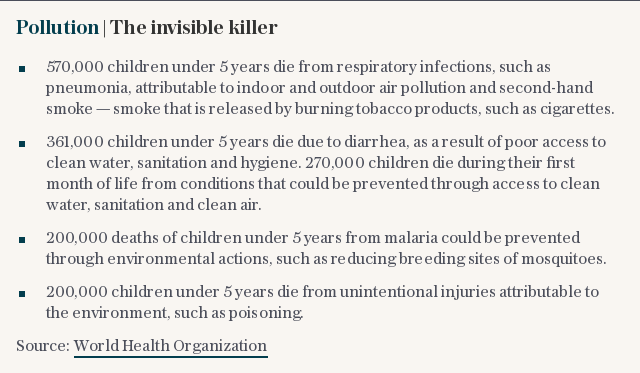Children exposed to 30 per cent more air pollution than adults because they are shorter, study finds

Children are exposed to 30 per cent more air pollution than adults when walking to school because they are shorter, and nearer to exhaust fumes, a new report has found.
Parents are being to pick quieter roads to protect them from toxic air and also ditch the car, because pollution inside vehicles is 50 per cent higher than on the pavement.
Inhaling pollution raised their risk of health problems for youngsters including heart problems, asthma and potentially reducing the growth of their lungs.
But their exposure to pollution is 2.5 times lower if they take a route along quiet back streets than if they walk along busy roads, research for environmental charity Global Action Plan has revealed.
Chris Large, senior partner from the campaign group, said: “Millions of children in the UK that are walking to school along busy roads are potentially being exposed to 30 per cent more pollution than their parents.
"A simple solution for parents would be to choose quieter back routes to walk or cycle their children to school, away from the traffic, thereby reducing their exposure to unnecessarily high levels of damaging air pollution."
For the research, children and adults across four UK cities - Manchester, Leeds, Glasgow and London - carried an air pollution monitor for 10 minutes while walking along a quiet route, a busy road, a journey by car in traffic and on a bus.

Separate analysis by Unicef UK suggests one in three UK children live in areas with unsafe levels of air pollution, which could leave them with long-term health problems.
Around 4.5 million children, including 1.6 million youngsters aged five and under, are living in areas with levels of particulate matter or PM2.5 pollution above what the World Health Organisation deems is safe.
The children's charity is calling on the Government to prioritise and fund measures which target the most polluted areas and protect children from toxic air in the places where they live, learn and play.
Amy Gibbs, Unicef UK's director of advocacy, said: “Worryingly, one third of our children could be filling their lungs with toxic air that puts them at risk of serious long-term health conditions.
“We wouldn't make our children drink dirty water, so why are we allowing them to breathe dirty air?”

Joe Farrington Douglas, from Asthma UK, added: "It is really shocking that young children are breathing in toxic air pollution on their way to school.
“It could be particularly perilous for the 1.1 million children in the UK with asthma, as air pollution is a common cause of asthma attacks.”
He urged the Government to protect the next generation from toxic air by bringing in a new Clean Air Act to clean up pollution hotspots.
Simon Gillespie, Chief Executive at the British Heart Foundation, also urged the government to stick to WHO guidelines.
“It’s of grave concern that thousands of children could be putting their health at risk simply by walking to school,” he said. “Our research has shown that exposure to high levels of air pollution is extremely damaging to cardiovascular health, and young people are not immune to this.
“While walking along quieter roads may help an individual, the UK needs tighter air pollution limits to prevent the detrimental impact toxic pollutants have on the public’s health. Adopting the World Health Organisation’s air quality guidelines into national legislation is a crucial first step in achieving this.”

 Yahoo News
Yahoo News 